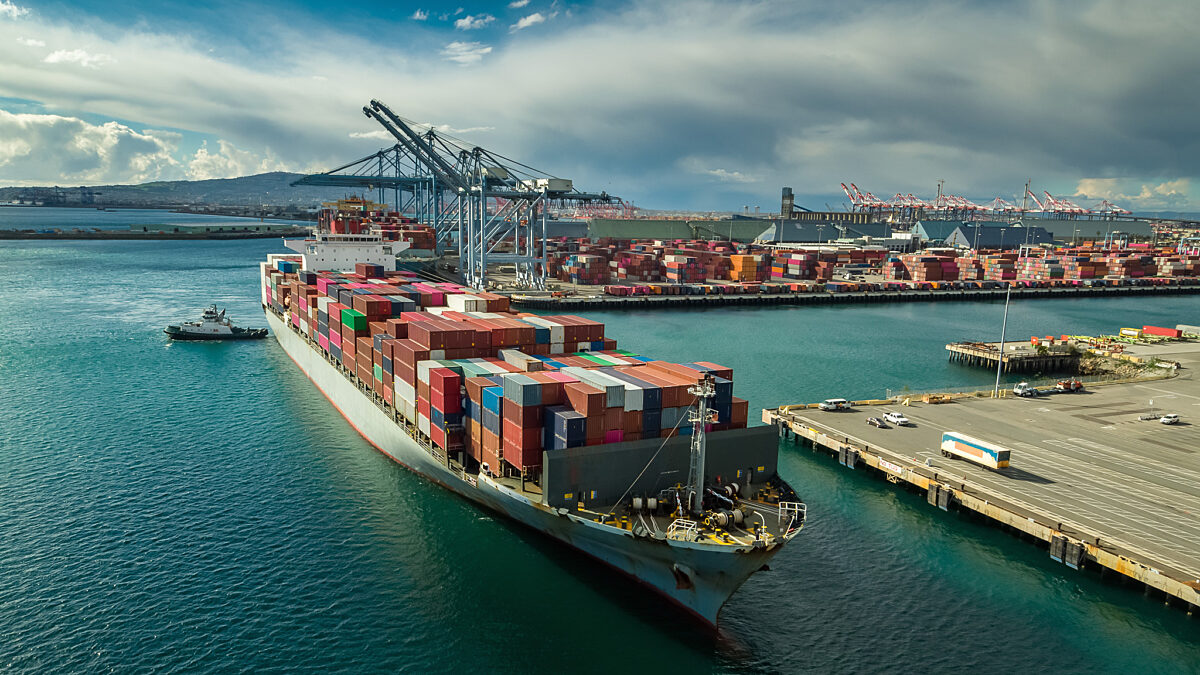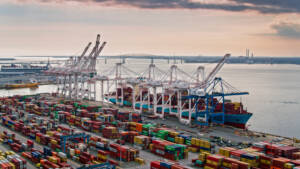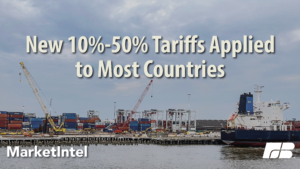U.S. Imposes Reciprocal Tariffs on Trading Partners
David Salmonsen
Senior Director, Government Affairs
Chad Smith
Associate News Service Editor, NAFB
As expected, President Donald Trump announced reciprocal tariffs on multiple trading partners. Chad Smith has more on how tariffs will impact agriculture.
Smith: President Trump recently announced reciprocal tariffs on a sweeping list of U.S. trading partners. Dave Salmonsen, senior director of government affairs for the American Farm Bureau Federation, says there are two sets of tariffs to keep in mind.
Salmonsen: One is a 10 percent tariff on all goods in ports. That will be something that affects every country in the world. Secondly, there are some specific tariffs particular to a set of countries, say tariffs with China will now be 34 percent. Tariffs on a country such as Vietnam will be 46 percent, so that is a different calculation which takes into account the tariffs that are put on the U.S. from those countries.
Smith: Salmonsen says tariffs will go into effect quickly, though consumers may not see impacts right away.
Salmonsen: The 10 percent tariffs on the goods goes into effect this Saturday, April 5, and the reciprocal tariffs on individual countries go into effect on April 9, so we do not have to wait for these to go into effect. Impacts will take time.
Smith: He says the main concern for U.S. farmers and ranchers is that trading partners could retaliate with increased tariffs on American commodities.
Salmonsen: The U.S. has already put 20 percent additional tariffs this year on China. They have retaliated by increasing their tariffs on several U.S. ag products, and several other countries, maybe they will retaliate by increasing tariffs on U.S. exports, including agriculture.
Smith: Chad Smith, Washington.
What We're Saying




